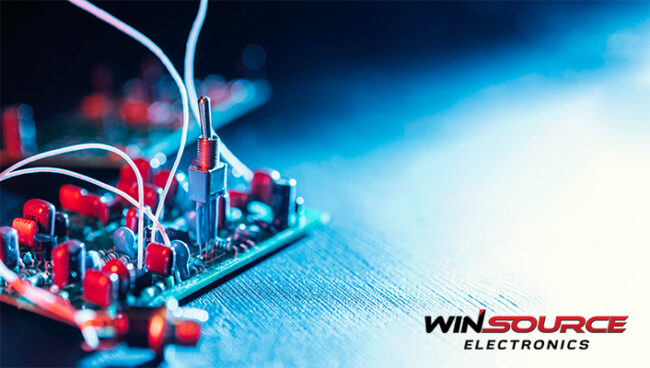
In the field of electronics, an interesting question arises: can similar electronic components really produce the same function in one device? As technology advances, it’s important to understand the intricacies behind the components that power our electronic devices. In this article, we explore the concept of equivalence between electronic components and examine whether their similarity extends to their functionality.
Learn about electronic components
Electronic components are the basic building blocks that make up electronic circuits and are designed to perform specific functions within a device. These components can be passive components such as resistors and capacitors, or active components such as transistors and integrated circuits. They work together in electronic devices to create complex circuits that allow electricity to flow and facilitate the various functions required by the device.
Equivalent dilemma
At first glance, similar electronic components can be indistinguishable from one another. However, it is important to note that even seemingly identical components may have unique characteristics that affect their function in the circuit. Each electronic component has its own specific characteristics and parameters, such as capacitance value, resistance value, voltage rating, power capacity, etc. Differences in these parameters endow components with different performance and application capabilities. When selecting electronic components, we need to carefully consider these differences to ensure that they will work properly in the circuit and perform the desired function. Here are some examples for you:
Resistor: A resistor is a passive component used to control the flow of electrical current. Although resistors may look similar in appearance, they can vary in resistance value, tolerance level, and power rating. These differences allow resistors to function differently in various scenarios. In electronic circuits, resistors can be used for limiting current flow, voltage division, signal conditioning, and impedance matching. Resistors with different resistance values can have different blocking effects on the current, so as to meet the different needs of the circuit. Differences in tolerance levels can affect the accuracy and stability of a resistor, so selecting the right resistor is required in some demanding applications. The difference in rated power determines the power load that the resistor can withstand. Proper selection of a resistor with a suitable rated power can ensure the normal operation of the circuit.
Capacitor: A capacitor is an electronic component used to store and release electrical charge, but their function can vary significantly. Although similar capacitors may look similar in appearance, they may differ in capacitance values, voltage ratings, and dielectric materials, among other things. These differences give capacitors different functions in specific applications. For example: Capacitance is an important parameter to measure the ability of a capacitor to store charge. Capacitors of different capacitance values can store different magnitudes of charge. Capacitors with large capacitance can be used for energy storage and charge transfer, such as power filtering and energy recovery applications. Capacitors with small capacitance are suitable for applications such as noise filtering and capacitive coupling in high frequency circuits.
Transistor: Transistors are active components that amplify and switch electronic signals. While similar transistors may share the same design, they may have different configurations and characteristics. For example, bipolar junction transistors (BJTs) and field effect transistors (FETs) behave differently and serve different purposes, such as amplification, switching, and voltage regulation.
Integrated Circuit: An integrated circuit (IC) is a tiny circuit that contains multiple electronic components on a single chip. While ICs may look similar visually, their functionality can vary widely depending on architecture and design. ICs are used for a variety of purposes, including microcontrollers, memory storage, digital signal processing, and power management.
In the world of electronics, the idea that similar electronic components always produce the same function is a misconception. While visually similar components may share properties, their unique characteristics can affect their performance in a circuit. Designers, engineers and hobbyists must understand the specifications and functions of electronic components in order to select the most suitable components for their desired application.
As technology advances, electronic components continue to evolve, offering enhanced performance, increased efficiency, and new capabilities. By gaining a deep understanding of how they differ and function, we can harness the true potential of these components to create innovative and reliable electronic devices. In conclusion, the functionality of electronic components cannot be assumed based solely on their visual similarity. Their specific properties and uses in circuits must be explored to ensure optimal performance and desired functionality of electronic devices.

COMMENTS